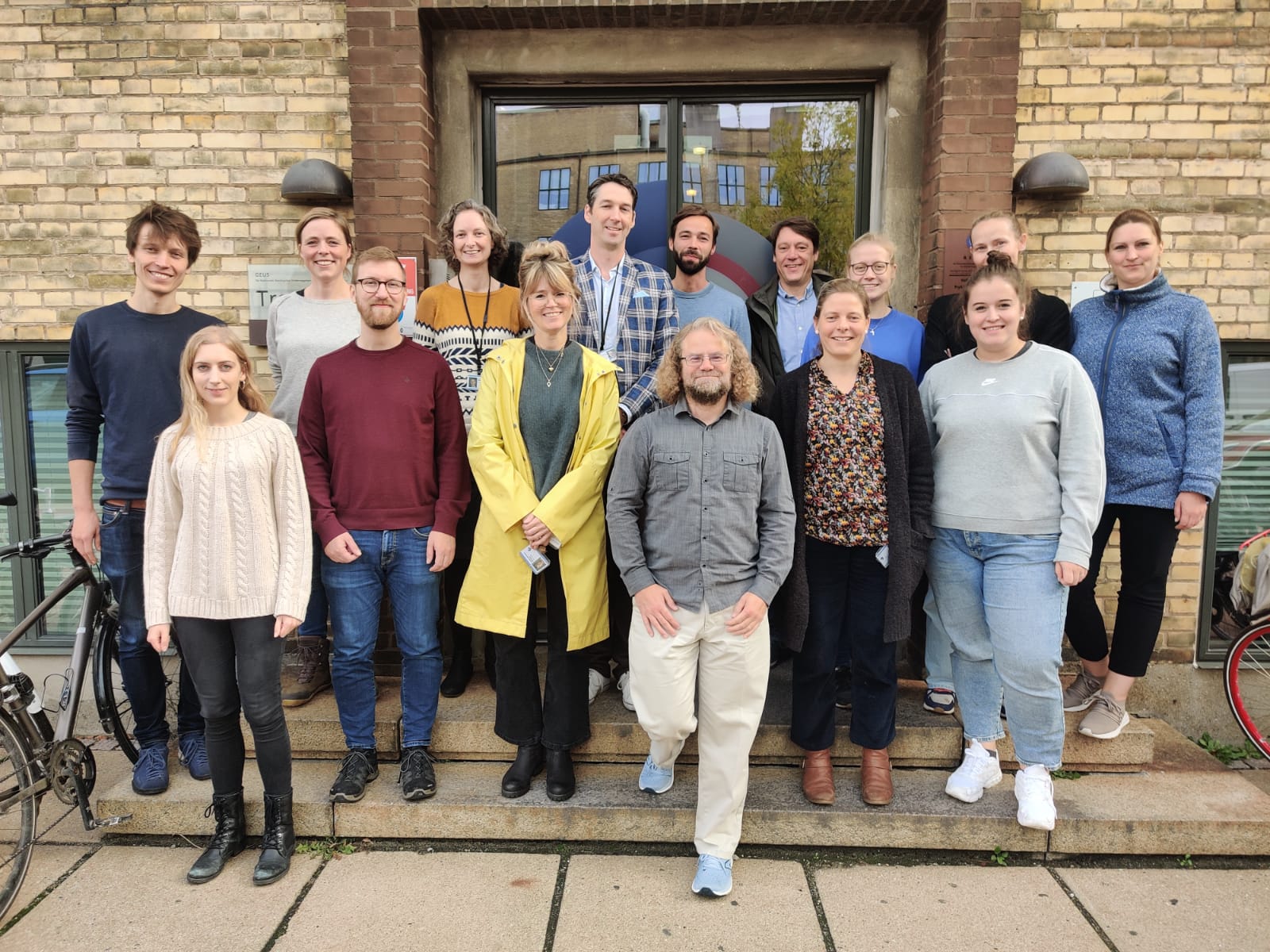Published: Dec 3, 2012 by The PISM Authors
See the stable version page to check out a
copy of the PISM stable0.5 source code. If you have already checked
out the prerelease version, just do ‘’ “git pull” ‘’ and then ‘’
“make install” ‘’ in your build directory. Send email to
help@pism-docs.org for help with any
version of PISM. See also slides introducing
stable0.5
at the European PISM workshop, Hamburg, Germany, May 2012.
Changes compared to stable0.4 include
Most-significant changes
- Added regional modeling executable
pismoand Python drainage-basin toolsregional-tools. - Added Jakobshavn outlet glacier model example. See the User’s Manual.
- Separate documentation of climate forcing options in the new PDF PISM’s climate forcing components manual.
- Consistent command-line options for climate forcing, based on improvements to climate forcing code and its interface.
- Separated flow laws used in SIA and SSA code, and thus separated enhancement factors. New command-line options (
-sia_e,-ssa_e) and configuration parameters (sia_enhancement_factor,ssa_enhancement_factor). -pdd_annualizeimplemented. This is recommended for degree-day melting scheme usage.- Reported rates of change are computed as average rates over reporting intervals, by differencing cumulative quantities.
- Removed the
pgrnexecutable and the EISMINT-Greenland example. All Greenland examples now use standard executablepismr. The documented SeaRISE-Greenland and Jakobshavn examples both use modern data, and fully-replace the old version. - Similarly, removed the EISMINT-Ross example and the
prossexecutable. Replaced by improved, modern example using ALBMAP and MEASURES data. See the User’s Manual. - Now using NetCDF4 so big files can be written. New output format options
-o_format [netcdf4_parallel, pnetcdf]. - Moved source code hosting and bugs/issues to github.com.
- Switched to PETSc 3.2.
More usability improvements and changes
- Implemented
-o_order [xyz, yxz, zyx]; the first one is fastest. - Implemented
-e_age_coupling. - Sliding model option
-topg_to_phinow it takes 4 numbers (no special value in the ocean). - Time-series flush whenever
-extra_filesare written. - Model time in output files is in seconds.
- PISM uses time bounds, both in reporting code and code using forcing data.
- Reporting for both scalar and spatial time-series: daily, monthly, yearly.
Under the hood
- Improved the
IceFlowLawclass by moving physical constants out of it. - Improved the implementation of PISM’s basal yield stress model.
- Improved regridding code.
- Implemented temperature-dependent conductivity and specific heat capacity of ice.
- Added support for the Gregorian calendar.
- PISM uses Proj4 to compute latitudes, longitudes, and cell areas.
